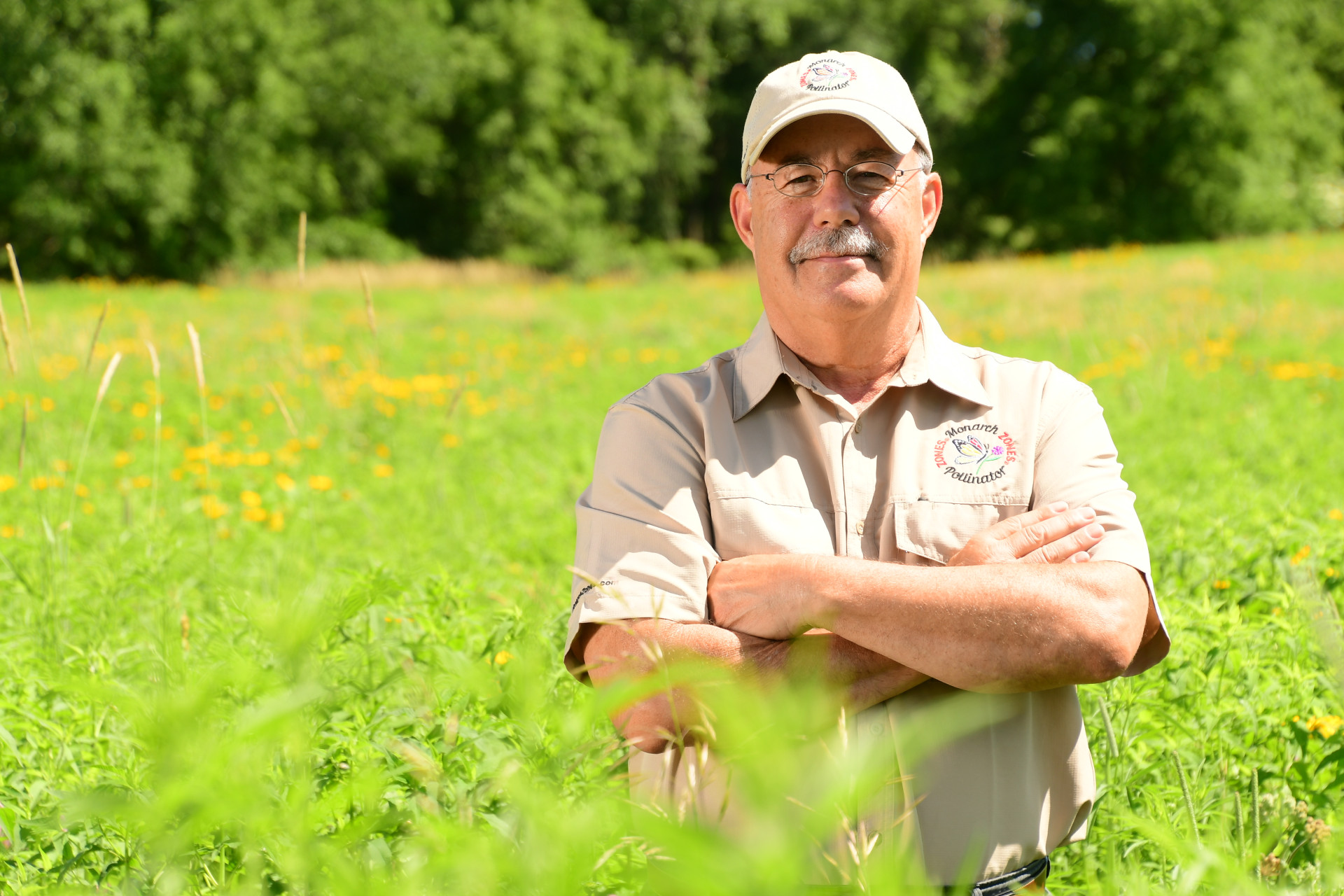
Replanting the landscape: How we choose to recover from the derecho matters
Oct 07, 2020

The Gazette is partnering with the Linn Landowner Forum to present a series of columns on elements property owners should consider when replacing trees and plants lost in the Aug. 10 derecho. The series will focus on recovery, the importance of native plants and other topics. In addition to appearing on Sundays in Iowa Today section of The Gazette (thegazette.com), each article in the series will be posted here, in the blog section of our website. This article, written by Jim Hoffman, is the first in the series.
Rebuilding the landscape: How we choose to recover from the derecho matters (10/02/20)
We recently learned about the word “derecho.” We learned in 2008 what “muck out” meant. We’re still dealing with that word “COVID-19.”
Here in Linn County, we have learned perseverance and focus can deliver progress after a disaster. This does not diminish how awful we as citizens feel and, in many cases, the turmoil and hardships many folks are experiencing.
But now, as internet is being reconnected to the last homes and the piles of debris slowly but surely are removed, it’s time to look to the future.
The derecho provides us a terrific opportunity to rebuild our landscape in a way that benefits our ecosystem.
Today starts a series of columns that use the skills and talents of six organizations that have planned the Linn Landowner Forums for the past five years.
These local organizations partner to host the annual forum: Indian Creek Nature Center, Iowa Natural Heritage Foundation, Linn County Conservation, Linn Soil and Water Conservation, Monarch Research and Trees Forever.
Thousands have attended the forums to learn what they can do in their own yard or properties to restore native habitat and plant native species in a way that is beautiful and beneficial to pollinators and people.
With COVID-19, we made the obvious decision not to gather this fall, and instead are using this series in The Gazette to communicate the same concepts. Our goal is to provide ideas that are practical, effective and relatively easy.
As partners we believe, as does The Gazette, that these conversations are critical to rebuild better all that was destroyed Aug. 10.
In the aftermath of the derecho — when our tree canopy and much of our landscape were wiped out in the span of about an hour — each landowner faces decisions about how to restore his or her yard.
As you’ve read in recent years, wildlife populations are in decline. Last fall, a study reported that North America has lost more than one in four birds in the last 50 years. And bees and butterflies are increasingly added to the Endangered Species Act.
Why? One reason is because the native plants they depend on are fast disappearing. The solution? Plant more natives.
It will take time, patience and investment, but each of us can turn our yard into a site that supports wildlife like the insects, birds and animals that have called Iowa home for thousands of years.
This series will help.
Not all plants are equal, so you’ll learn about keystone plants and trees. These “powerhouse” species, according to University of Delaware Professor Doug Tallamy, are the backbone of local ecosystems.
In addition, you’ll read about what larger entities are doing to replace the local and regional landscape that was destroyed, and how some local companies are helping employees restore their yards.
The central theme of this series is that while replanting is important, what is planted is equally, if not more, important.
As Professor Tallamy explains in his recent book, “Nature’s Best Hope,” if you are a typical homeowner choosing plants for your landscape, “you consider only their decorative value, and you choose the same few species that your neighbors and their neighbors have planted. You gave no thought to the many roles your plants play within your local ecosystem. So 80 percent of the plants in your yard are species that evolved in Asia, Europe or South America.”
Many of the trees lost in the derecho were 100-plus-year-old species native to Iowa. They supported thousands of insects, birds and animals that also are Iowa natives.
Perhaps you’re wondering, if you don’t like birds or insects, why should this matter to you? “You should care because birds are excellent ecological indicators,” Tallamy explains. “You should care whether the ecosystems that support birds are healthy because those are the same ecosystems that support you.”
So join us each Sunday for a column in the Iowa Today section. Here in Eastern Iowa, we’ve learned that whether it’s sandbags or chain saws, we’re all in this as one.
Jim Hoffman is a retired business leader who has planted an extensive prairie on his own property in Linn County. For the past six years, he has coordinated the annual Linn Landowner Forum.